Michael Borek, a photographer and freelance interpreter now based in Bethesda, Maryland, is originally from Prague, Czech Republic. Only after graduating from the School of Economics in the 1980s, he realized that he did not want to work as an economist under the old regime. Instead, he took a job as a night watchman, while attending intensive English courses during the day. After passing the required exams, he started working as a freelance interpreter, which gave him more flexibility to pursue his interests. One of them, photography, stayed with him all of his life, and later turned into his second career.
His photographs from the abandoned lace factory in Scranton, Pennsylvania, were selected for juried shows by curators from the Corcoran, Whitney, Hirschhorn, Getty, and Phillips museums. In 2011, one of Borek’s solo exhibitions featuring his works from this portfolio was ranked as one of the ten best photography exhibitions in Washington, DC, by photography critic Louis Jacobson In 2013, the US Embassy in the Czech Republic presented a solo retrospective exhibition of Borek’s photography at the American Center in Prague. In June 2014 Borek had a solo exhibition at the Czech Embassy in Washington, DC, as a part of the celebration of 90th anniversary of the death of Franz Kafka. In 2015, BBLA Gallery in the Bohemian National Hall in New York, NY, presented his project What Would Sudek Do? in a solo exhibition. In 2017, his project Treachery Images was presented in the Redline Contemporary Art Center in Denver during the Month of Photography.


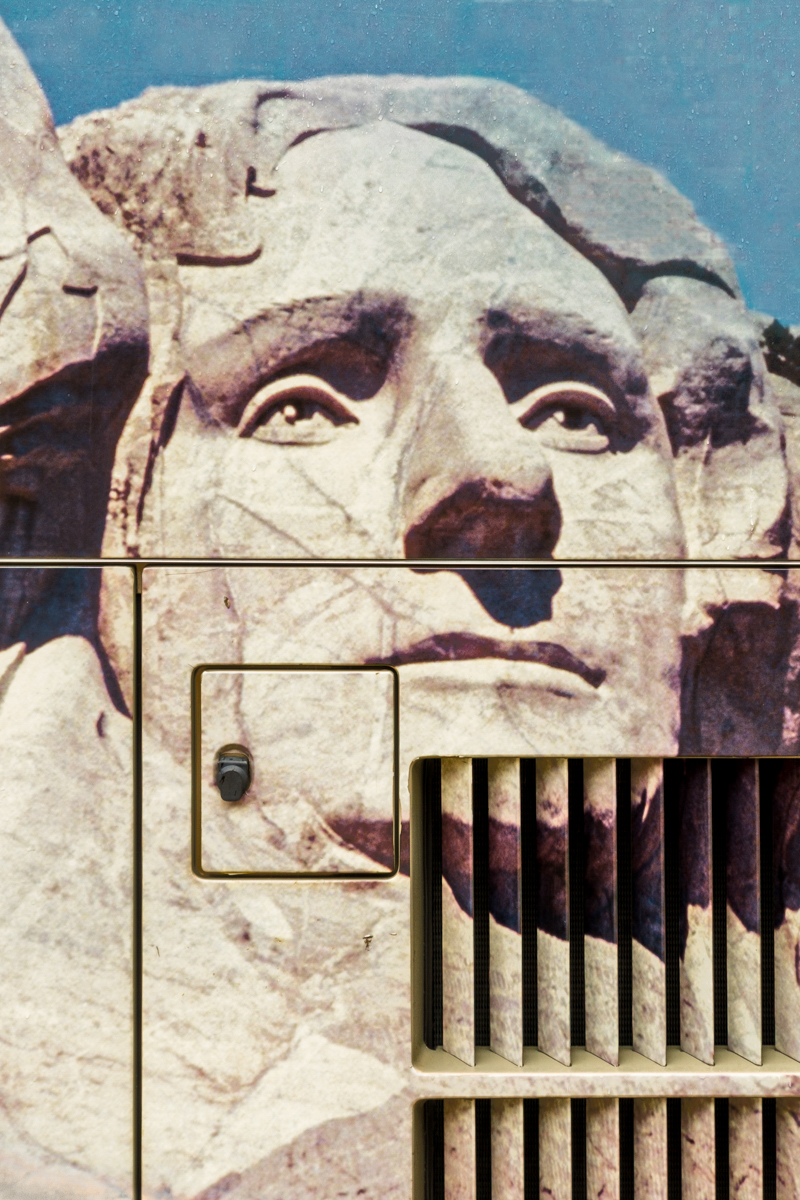
Treachery of Images
The title of this project pays tribute to Rene Magritte and his famous painting Treachery of Images, a banal rendition of a pipe with the inscription Ceci n’est pas une pipe (This is Not a Pipe). Magritte’s piece asks the viewer to contemplate a paradox: While looking at what plainly is a (picture of a) pipe, the observer is reminded that the painted image is not, in fact, a pipe.
At first glance, it might seem that the pictures in this series are what they appear: photos of the famous American monuments. However, after looking a little more closely, the viewer realizes that these are, in fact, “photos of photos” of the famous monuments captured on the sides of tourist buses.
When Richard Prince created his Marlboro Man project, he took photos from cigarette ads, removed the accompanying text, and thus appropriated images that play on the familiarity of omnipresent ads, using the beauty and romance of the American West. This project works almost oppositely. Instead of removing information, telltale signs that give clues to these photos’ origins are “added.” These hints serve to paraphrase Magritte’s inscription—to inform the viewer, while looking at photo of what seem to be a famous monument, that This Is Not the Monument, and that these images are an approximation or substitute for these monuments.
For those who can enjoy the seemingly impossible endeavor of holding two opposing ideas at the same time, these photos remind us to question what we are looking at. And to appreciate the irony of it, not unlike the impossibility of solving a zen koan.


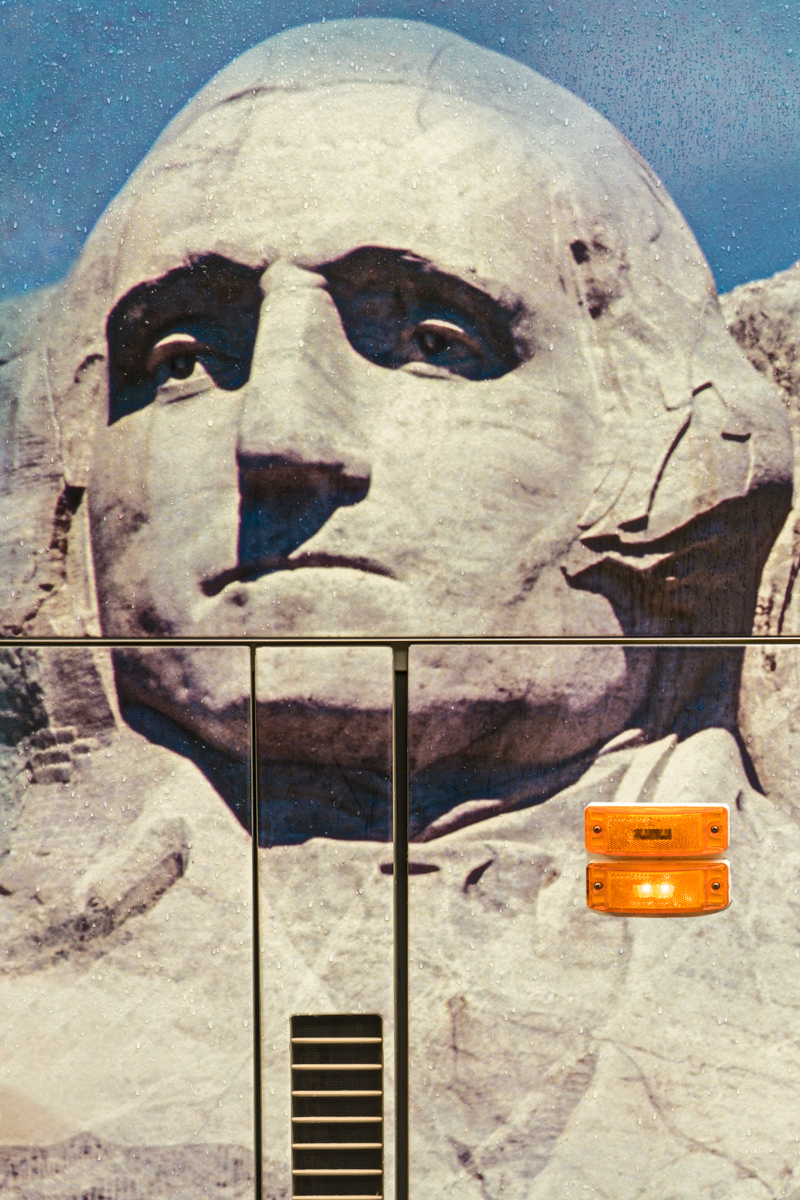
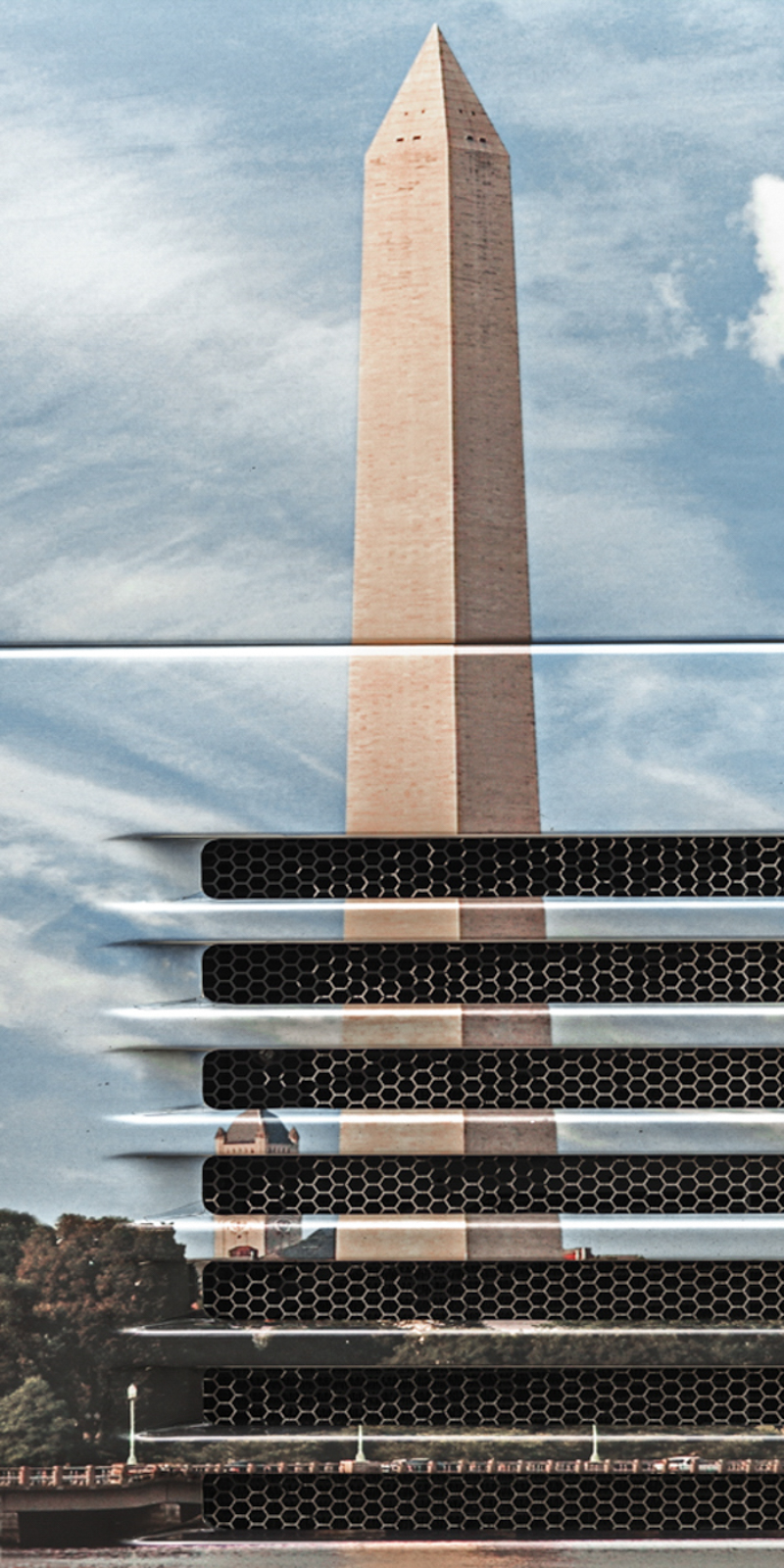



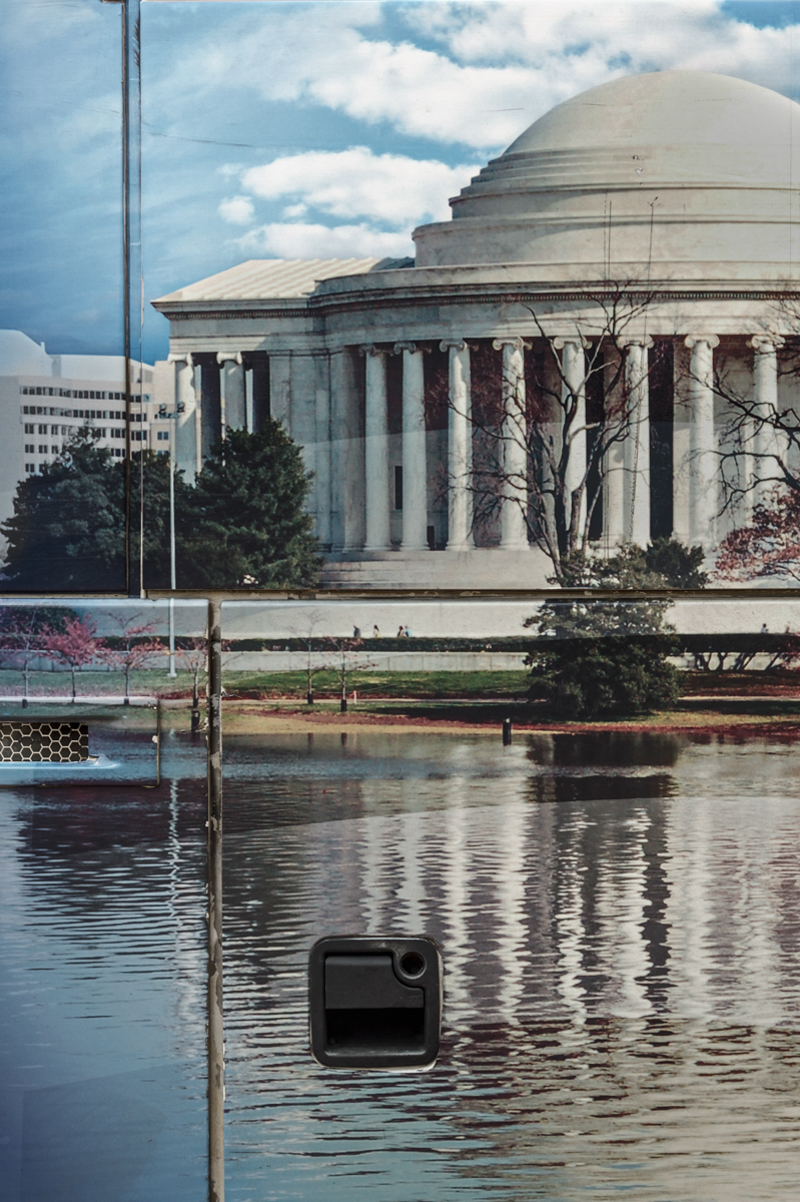
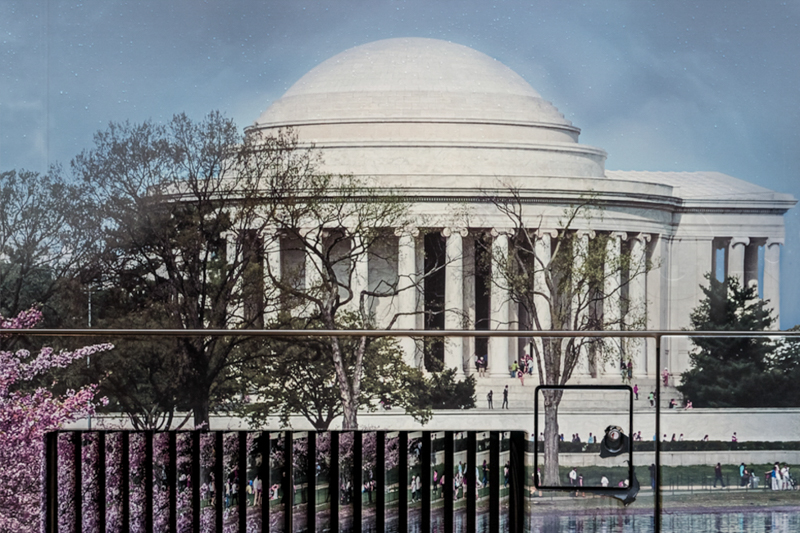



To view more of Michael’s work please visit his website.